The creation of a nativity scene is a moment of great creativity, which tests imagination and screening ability of those who make it. Especially if you decide for a do-it-yourself nativity, where every single aspect of the scenography is the outcome of personal initiative, of choices made in order to obtain a precise and unique result, even the smallest detail becomes important.
In this case we are talking about an element that absolutely cannot be considered peripheral, but on the contrary becomes a key point for the final result we want to get: that is the nativity scene background.
There are many solutions to create the perfect background, and the ground where we will place the small statues that will bring our personal reconstruction of Nativity to life. Some may opt for a simple starry sky, obtained with an indigo cloth with little holes, and a light behind it.
But there are effective alternatives which are less laborious. Smooth or rough, porous or oiled paper that resemble the starry night, maybe with the guiding star in the middle, can be bought in stores and are easy to put on the wall where the nativity will be placed on. They are sold in sheets or rolls that can be easily unwrapped and fixed.
An effective alternative is landscapes, usually Arabian images, with palms, minarets, desert and oasis, all enveloped in the moonlight; but also mountain landscapes, hills and snowy peaks, small villages with sharp roofs covered by a white layer, and snowflakes dancing with stars on the background. These types of landscape backrounds are availabe also on cardboard and in the “tryptich” version, that is, the image is displayed on three coonnected panels that sorround the whole scene in an almost tridimensional frame.
Another option is basic cork panels, simpler to use and to customize, they recall rocks or embossed brick elements, which convey a better realism and a “rustic” effect of great charm.

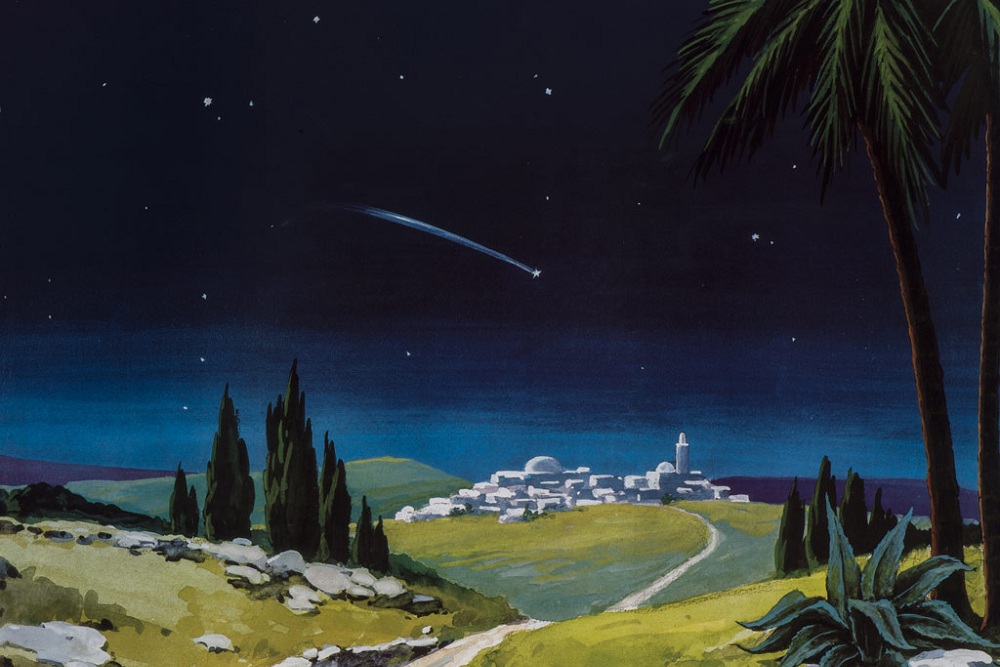
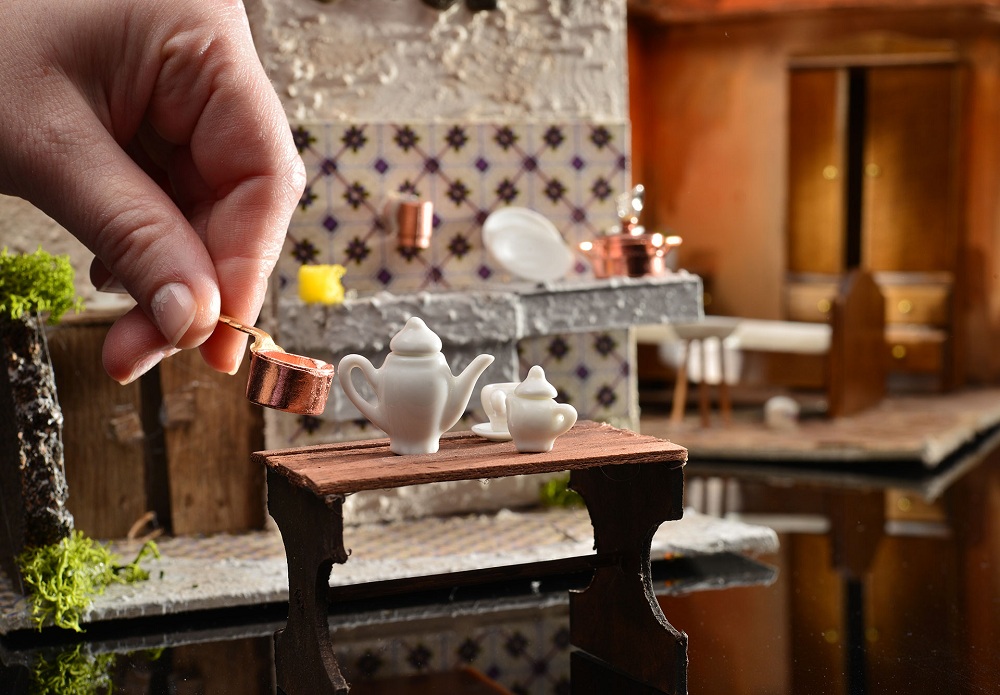
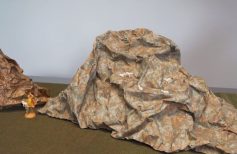
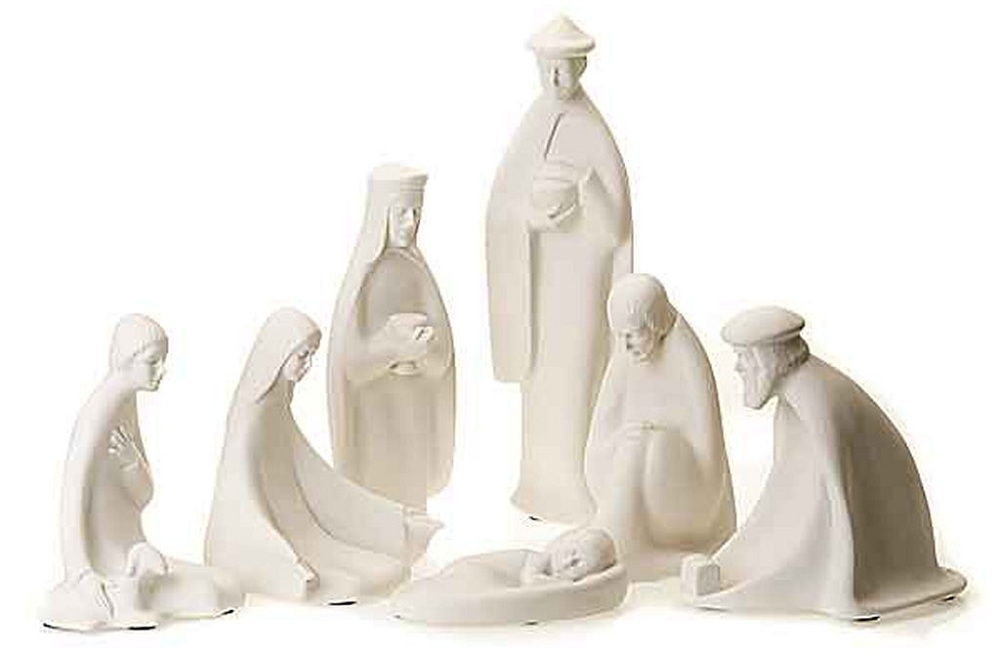
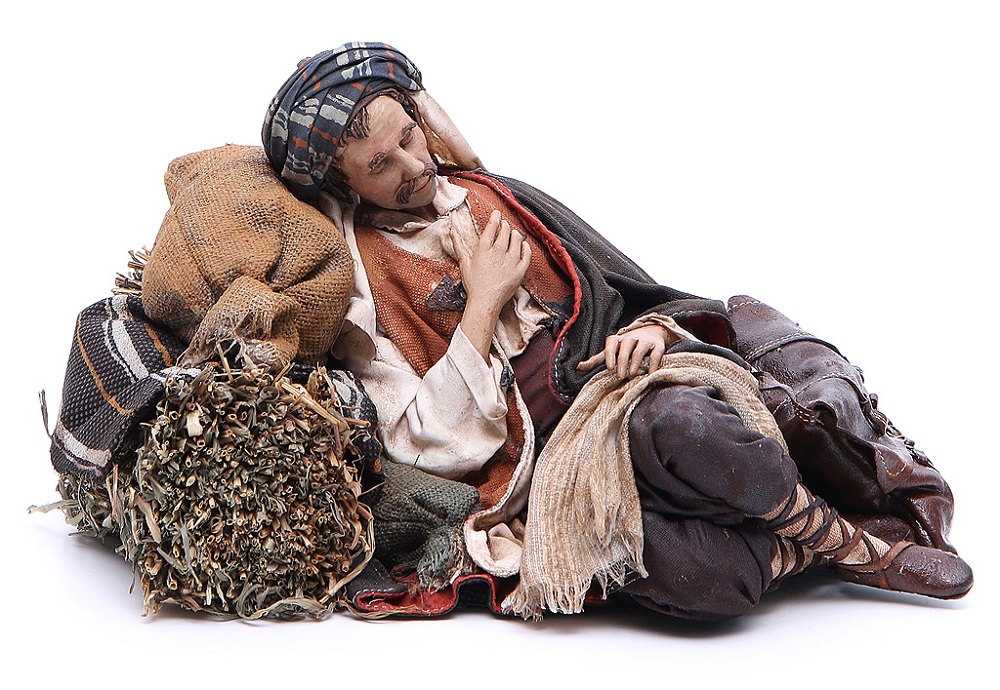
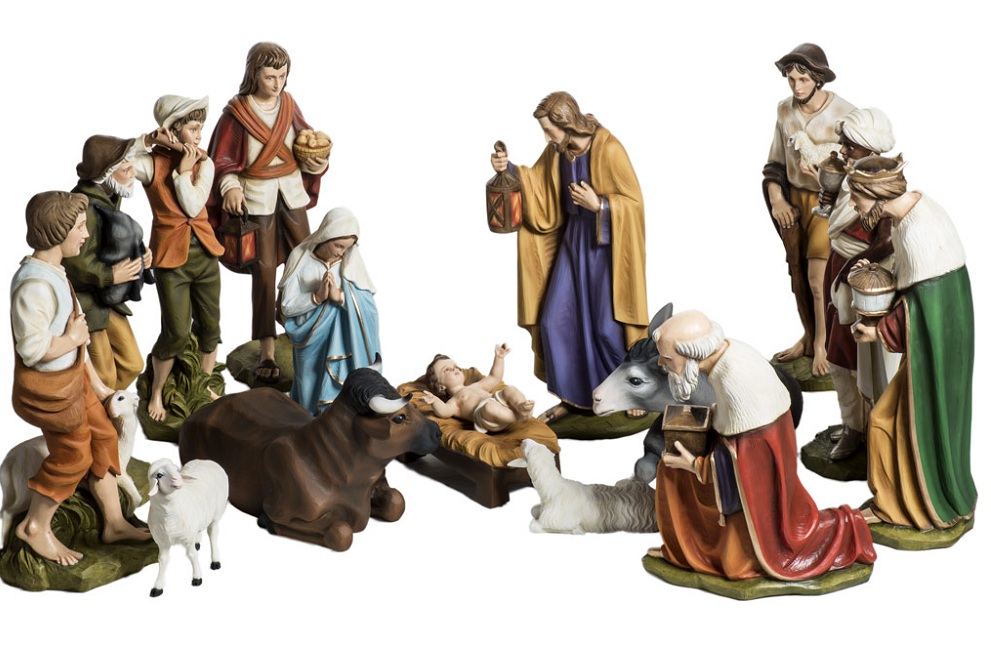
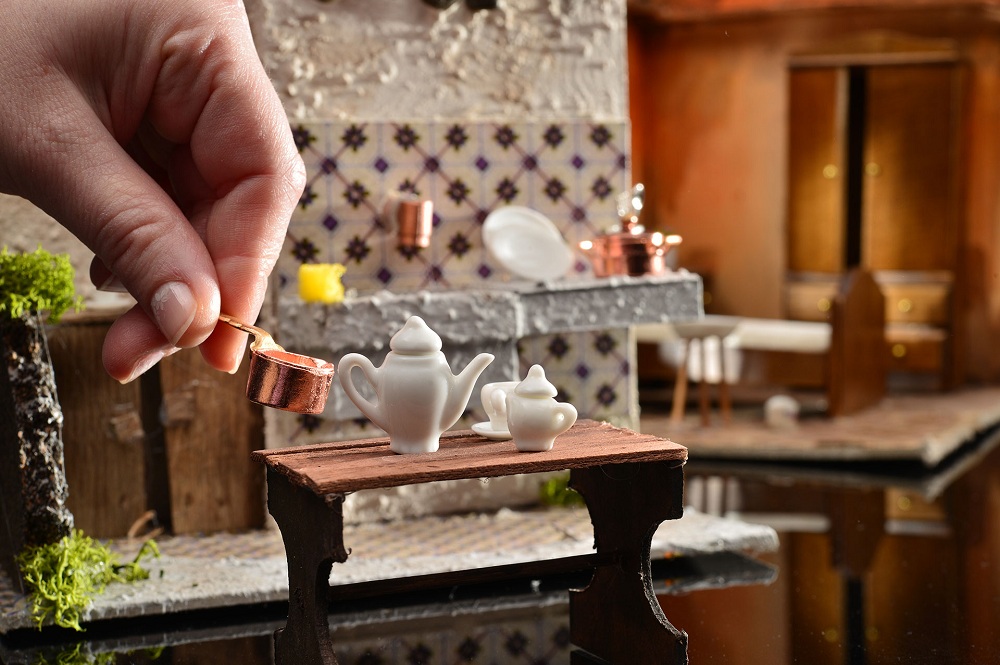
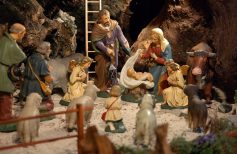
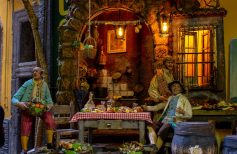
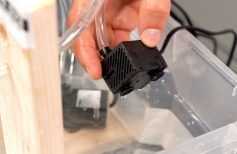








 19 March 2025
19 March 2025






